Expanding participant benefits
The Law amending and supplementing a number of articles of the Law on Health Insurance is an important step forward to ensure social security, improve the quality of health care for all people and move towards the goal of sustainable health insurance for all people. Notably, the Law amending and supplementing a number of articles of the Law on Health Insurance has many new provisions that further expand the rights of health insurance participants.
In addition, the law also changes the way benefits and contributions are calculated by introducing the concept of “reference level” instead of “minimum wage” as before. This is a new basis for calculating the benefits of health insurance participants, while ensuring flexibility and being more suitable to current socio -economic conditions.
Specifically, according to Clause 11, Article 1 of the amended and supplemented Law on Health Insurance, it is stipulated that members participating in health insurance together in the form of family in the fiscal year will have their contribution reduced as follows: the first person pays a maximum of 6% of the reference level; the second, third, and fourth persons pay 70%, 60%, and 50% of the first person's contribution, respectively. From the fifth person onwards, the contribution is 40% of the first person's contribution. In which, the reference level (the basic salary in 2025 is VND 2,340,000/month) is the amount decided by the Government to calculate the contribution level and benefits of some cases participating in health insurance.
With this new regulation, the family health insurance contribution will increase: before July 1, the first person paying health insurance is 1,263,600 VND/year, after July 1 it will be 1,684,800 VND/year; the second person will increase from 758,160 VND to 1,010,800 VND/person/year; the third person will increase from 631,800 VND to 842,400 VND/person/year.

Faced with this information, many people believe that increasing the health insurance premium will increase the burden on people and workers, especially in the context of increasing living costs.
Mr. Phan Trong Hieu (41 years old, living in Go Vap district) said that his family has 5 people, 3 young children. The couple works as factory workers, combined income is more than 15 million VND per month, spending all on food, housing, and children's education. Up to now, they have struggled to pay enough health insurance for the whole family, now hearing about the increased payment makes them even more worried.
According to Mr. Nguyen Trong Toan (32 years old, living in Binh Thanh district), if the health insurance premium increases but the quality of medical examination and treatment is not improved accordingly, it will be a disadvantage for the people.
Synchronize support policies
According to Mr. Duong Duc Tuan, Head of the Health Insurance Policy Implementation Department (Vietnam Social Security), up to now, the whole country has about 95.52 million people participating in health insurance, reaching a coverage rate of 94.2% of the population. By the end of May 2025, Vietnam Social Security had paid health insurance examination and treatment costs for nearly 80 million people with an amount of more than VND 63,300 billion (an increase of 15.59% over the same period last year). Although there is coverage, it is not sustainable when about 50% of people participating in health insurance are supported by the state budget (in full or in part).
Although the list of health insurance payments is expanding, the current payment mechanism is based on service fees, which can promote the designation of many services that are not really necessary or the selection of services with higher costs. The organization of the network of medical examination and treatment facilities is also unreasonable, concentrated in the center, crowded places, making it difficult for people in rural, remote and isolated areas to access.

“There should be solutions to improve the efficiency of resource use and the role of supervising the Health Insurance Fund, such as early application of controlled payment methods; services provided to patients must meet quality standards; promote the application of information technology from electronic data authentication to the use of paraclinical results and diagnostic images to connect between medical facilities,” Mr. Duong Duc Tuan proposed.
Faced with concerns about expanding the benefits of health insurance participants, especially home and remote medical examination and treatment still covered by the Health Insurance Fund, leaders of many lower-level medical facilities said that paying for health insurance medical examination and treatment at home not only benefits patients but also medical facilities.
However, this issue still has many problems because according to regulations, payment can only be made at the location, where there is an operating license, and the doctor is named. Therefore, when implementing the payment of health insurance for home examination, the Ministry of Health needs to have instructions on selecting which groups of diseases and types of diseases are examined to avoid abuse and overspending. Along with that, continue to improve the quality of medical services of the medical facility system to better meet the needs of patients.
According to Ms. Tran Thi Trang, Director of the Health Insurance Department (Ministry of Health), the regulation on increasing the health insurance premium for households may make it difficult for families to maintain health insurance participation, especially low- or middle-income families. Therefore, the State should have appropriate support policies for low-income families, especially families with many children or those with serious illnesses.
Health insurance benefits from 1-7
Remote medical examination and treatment is covered by health insurance (family medical examination and treatment; medical examination and treatment at home; rehabilitation, periodic pregnancy check-ups, etc.). Being able to go beyond the line of specialized medical examination and treatment (if suffering from diseases in the list of 62 rare and dangerous diseases, the health insurance fund will pay 100% of the medical examination and treatment costs according to the benefit level, without having to apply for a referral). Being able to be examined and treated at a basic medical examination and treatment facility suitable for the new temporary or residential place; paid by the health insurance fund.
Source: https://www.sggp.org.vn/luat-bao-hiem-y-te-sua-doi-nang-chat-luong-dich-vu-y-te-va-kiem-soat-chat-chi-phi-post799762.html




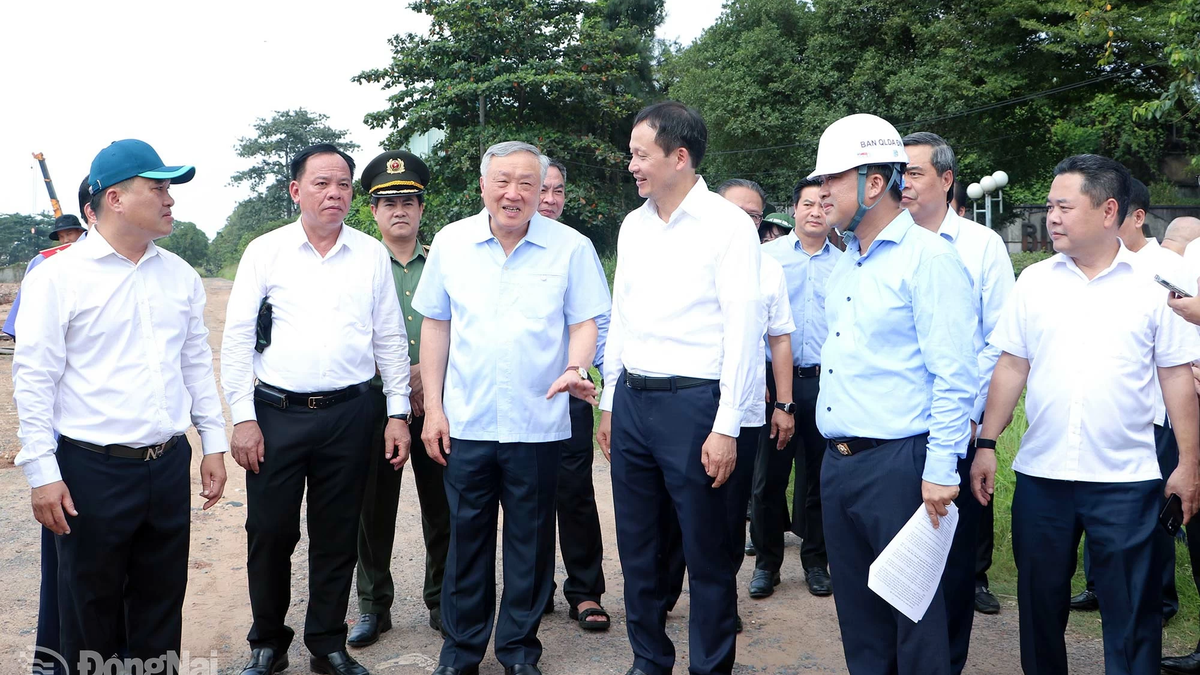
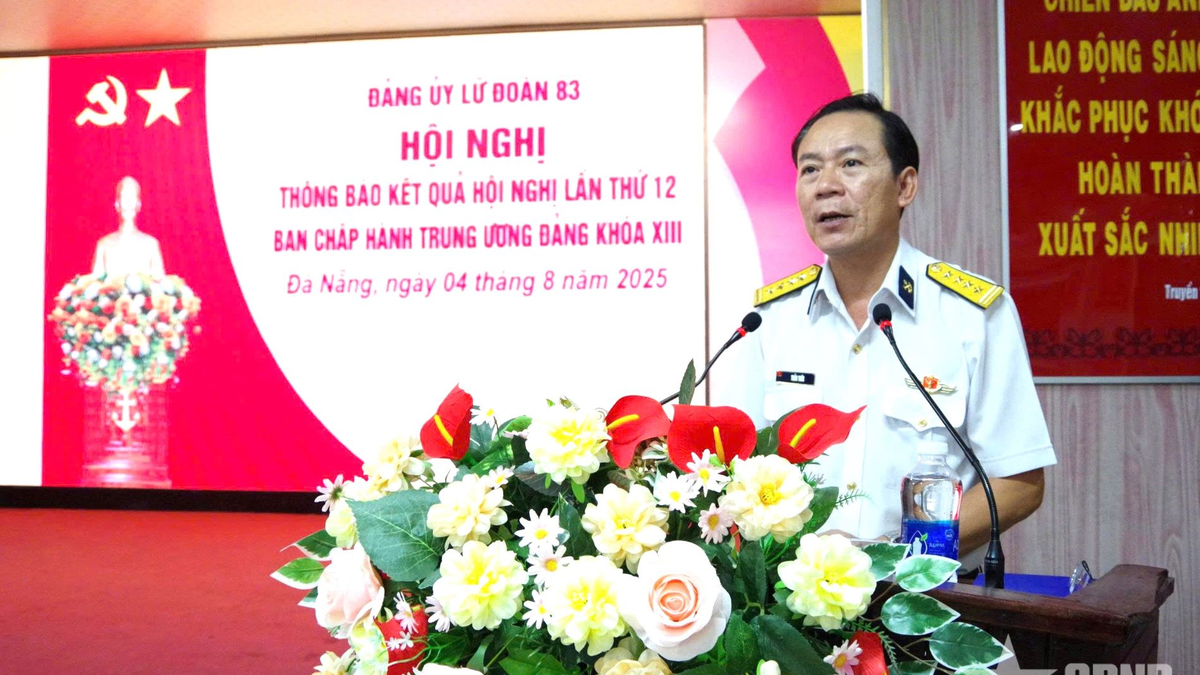



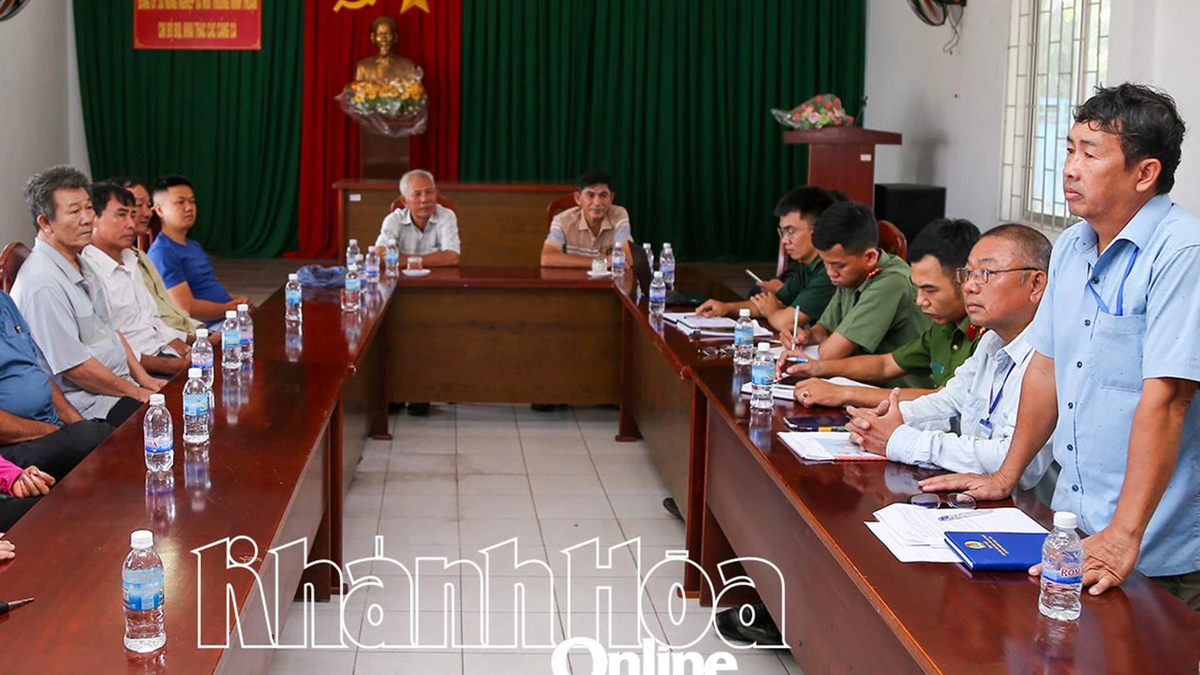
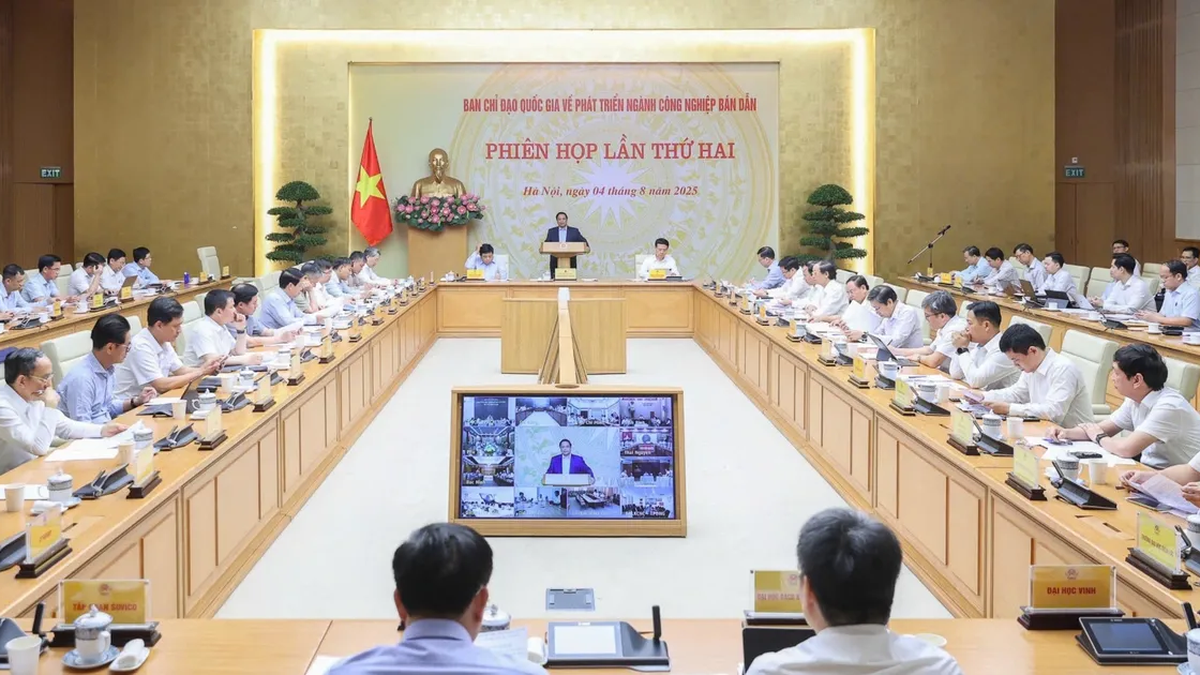











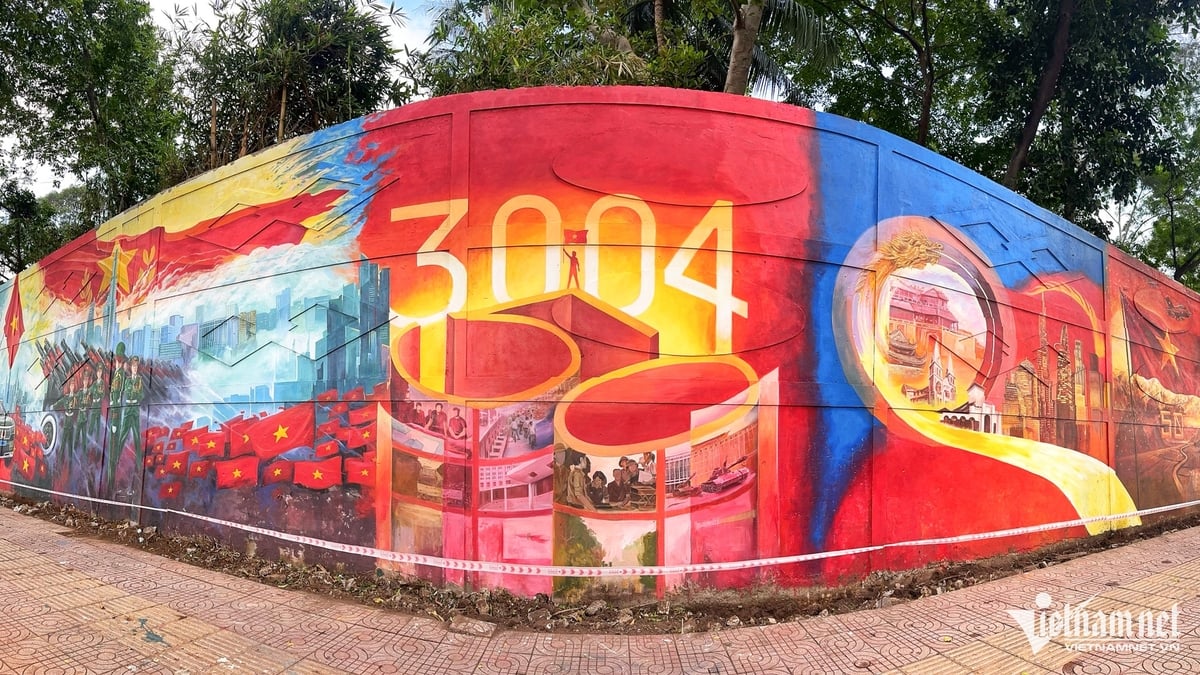








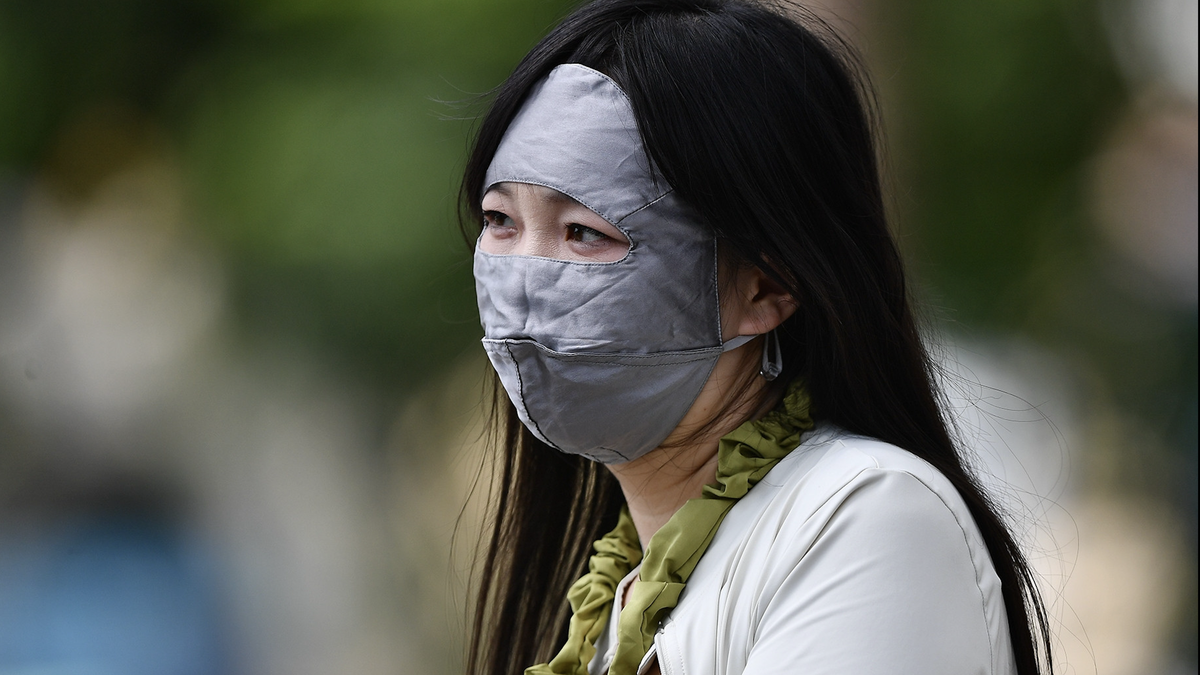




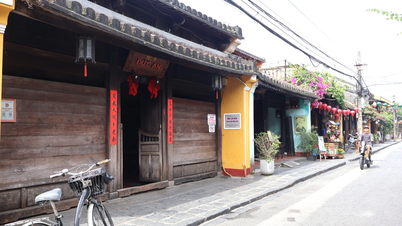

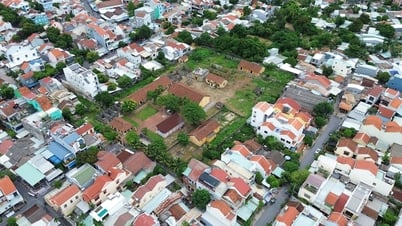

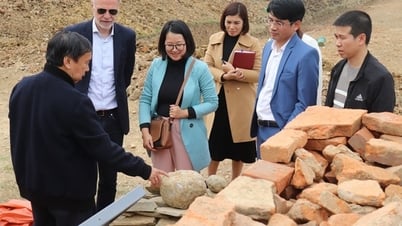



























































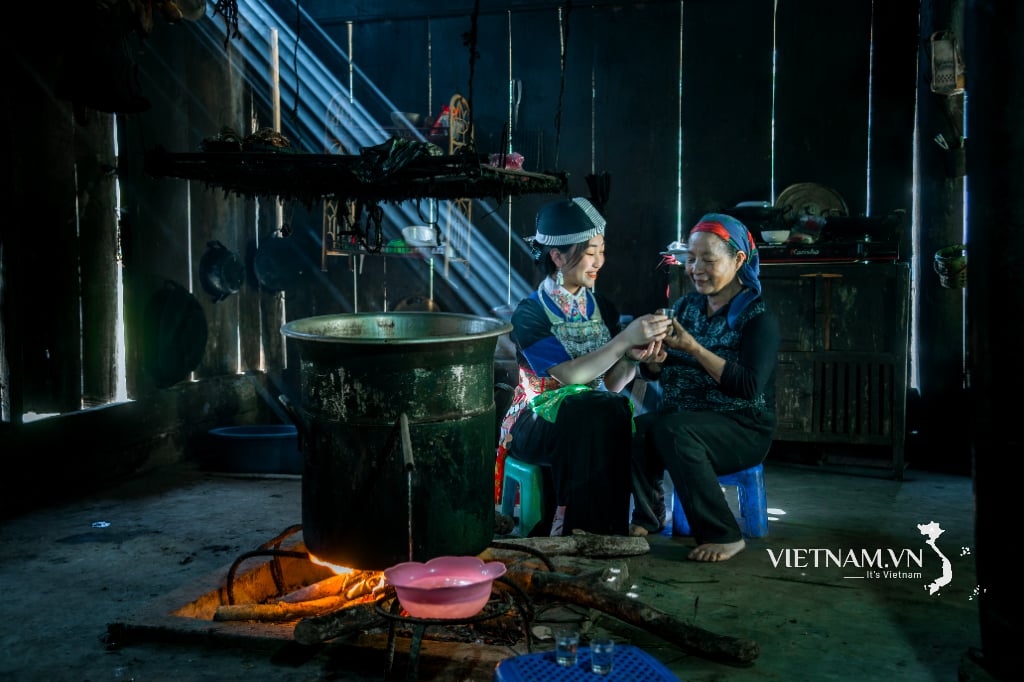

Comment (0)